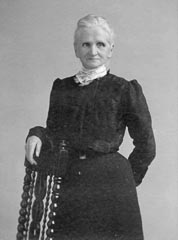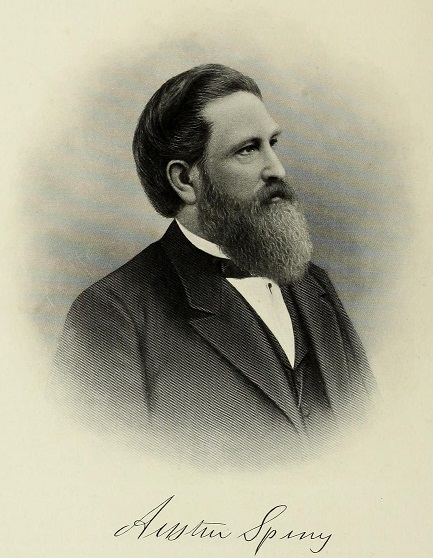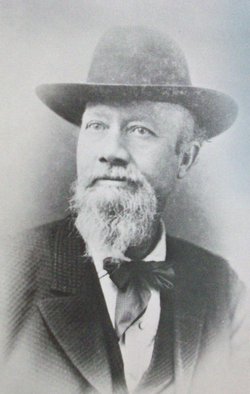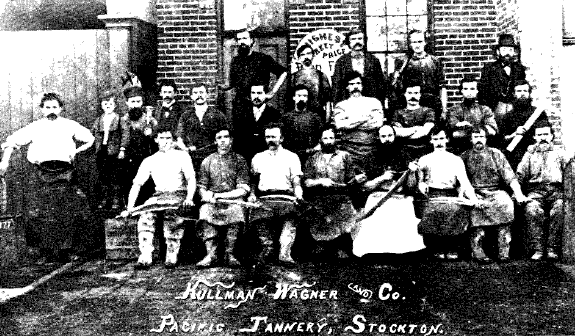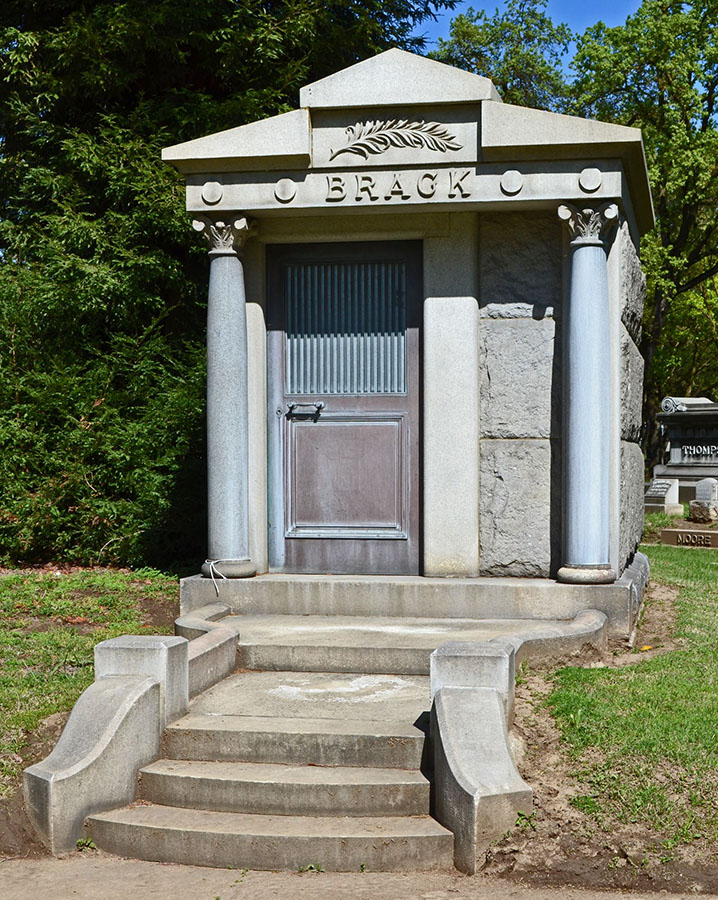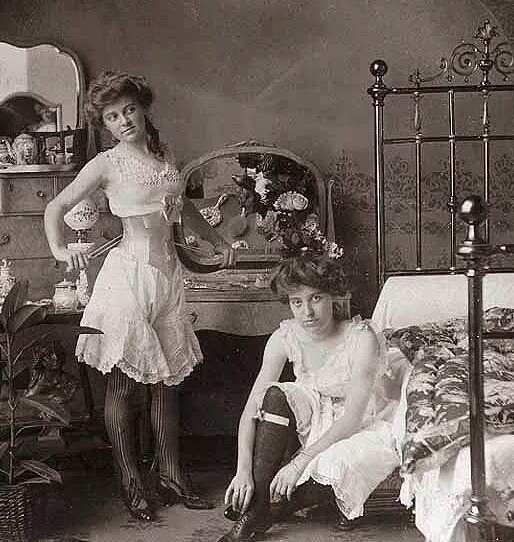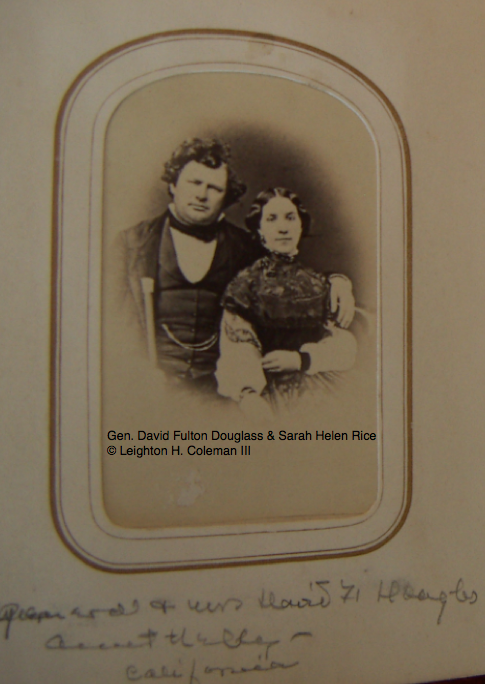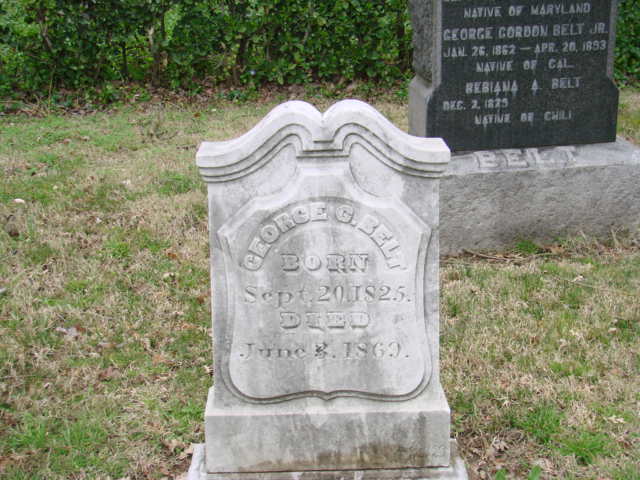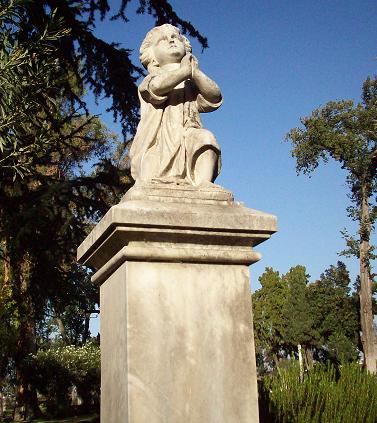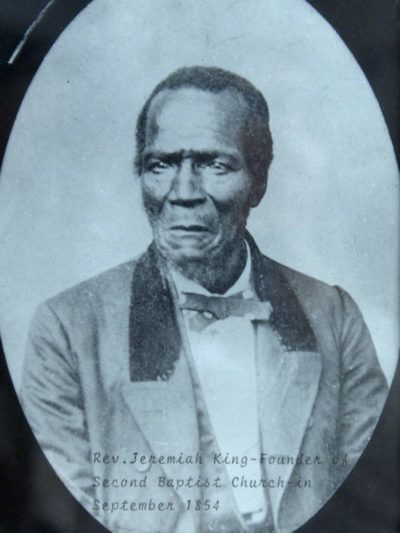Daisy Dryden
1854 - 1864
Block 25, Lot 251
Daughter of a Methodist minister, Daisy Irene Dryden was born in Marysville, California, on September 9th, 1854. In the summer of 1864, ten-year-old Daisy was attacked with “bilious fever." In the last three days of her life, without any previous experience of spiritualism, she began having visions of the “other side,” which she reported to her family. After her passing, her mother wrote a book about their experience entitled, "Daisy Dryden, A Memoir.” She is buried, along with her two siblings, in Lot 251.


